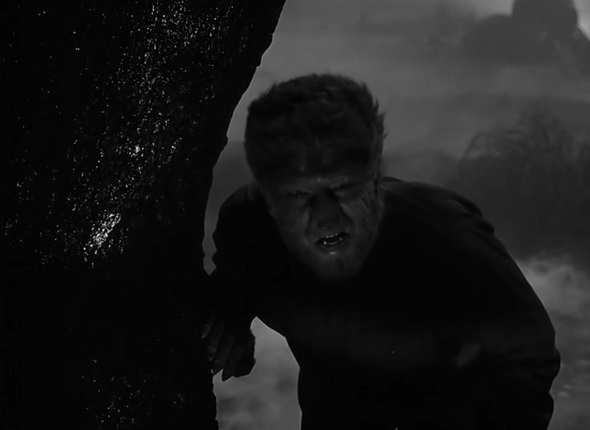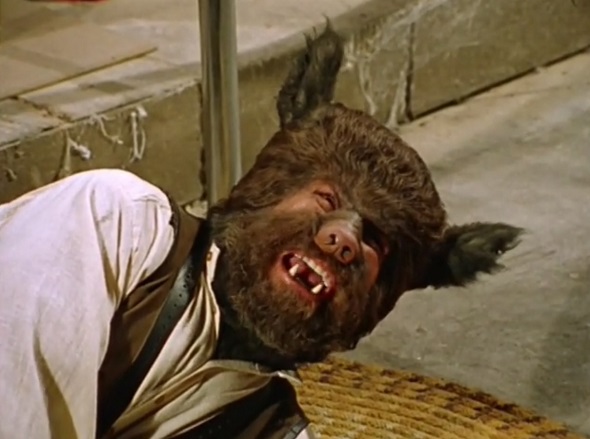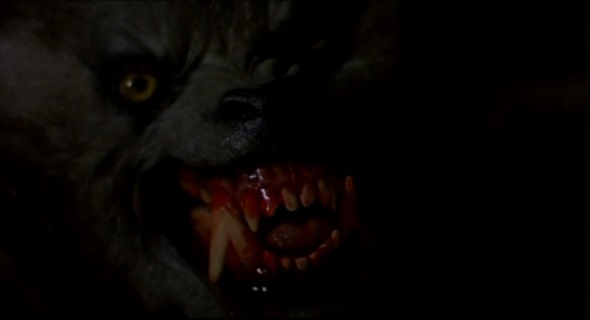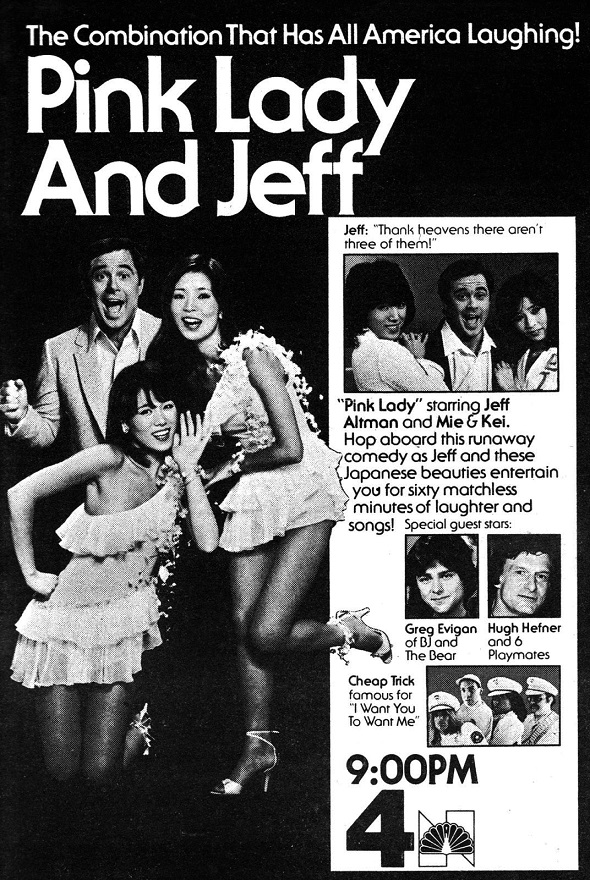
Bad enough to be cast into the infernal pit without having to listen to “Babe” for all eternity.
Recommended listening:

Bad enough to be cast into the infernal pit without having to listen to “Babe” for all eternity.
Recommended listening:

If you don’t associate catsup with utter horror, try telling someone from the Chicago area that you like to put it on hot dogs and see how they react.
Recommended listening:

Though poor Chuck Cunningham was offered up as a sacrifice to appease the vengeful spirit, its baleful curse would pursue the gang across several more seasons, inflicting the most odious manner of manifestations — first Spike, then Chachi, and finally the grim herald of the sitcom End Times himself under the guise of “Roger Phillips.”
Recommended listening:

I’ve heard of “dying onstage,” but this is a bit much.
(Hey, I’m a dad now. I’m allowed to make these kinds of jokes.)
Recommended listening:

Man, this Special Old Ones Cut of Summer School is really weird.
Recommended listening:

AROOOOOOOOOOOOOOOOOOO!

AROOOOOOOOOOOOOOOOOOO!

AROOOOOOOOOOOOOOOOOOO!

AROOOOOOOOOOOOOOOOOOO! *hic*

AROOOOOOOOOOOOOOOOOOO!

AROOOOOOOOOOOOOOOOOOO!

ARF!
Recommended listening:
You were expecting that Warren Zevon track, right? Sorry.

Look, the laws of physics just work differently in pre-Code horror-revenge stories, okay?
(from “Symphony in Death” in Menace #11, January 1954; art by Joe Maneely, other credits as yet unknown)
Recommended listening:
I grew up in an era where trashy low-budget horror flicks had a marketing presence in newspapers and television. With cable and VCR tech still a ways from becoming ubiquitous household staples, and my peers and I being a little too young (and chicken) to sneak into R-rated movies, these ad spots were the sum total of our experiences with the works in question.

We’d weave entire fantasy narratives out of a 30-second TV spot and a smallish-sized print listing, occasionally leavened by one of the older kids in our orbit giving us a plot summary that was more than likely utter bullshit. These extrapolations ran heavy on blood and boobies — as you’d expect from a bunch of boys on the edges of pre-adolescence — intertwined by the teller’s own personal set of terrors.
It was a groovy subset of Gen X playground lore, and one I wish had more documentation than hazy recollections overshadowed by the memories of catching the actual films on TV or video a few years later and discovering your version was far more terrifying than the actual cheapjack project.
Recommended listening:

I’ve been filling out my October smörgåsbord of spooky fare with selected episodes of Night Gallery, thus triggering my umpteenth reassessment of that three-season and oh-so-early-1970s attempt to recapture some of that ol’ Twilight Zone magic.
Was it a supernatural counterpart to Love American Style‘s mix of celebrity guest stars and cornball black-out gags? Was it a vessel for some interesting — if not always successful — adaptations of pulp mag masterpieces by Derleth, Lovecraft, and the like? Was it plagued by a backlot-confined staginess and boilerplate TV production values? Did it incorporate some fairly innovative audio and visual tricks from the then cutting edge of the cinema realm?
The answer to all of these is “yes.”
The individual story segments run the gamut from genuinely chilling to pure cheese, which is the nature of anthology series. A lot of Night Gallery‘s charm for me — even through the more excruciating bits — is how the show exists within a very specific liminal moment. The concept of “liminality” has been mishandled quite a bit in recent times, but it does apply in this case — Night Gallery is the product of a transitional moment and would not have existed in as does if it had been made a couple years earlier in the late 1960s or a couple of years later in the mid-1970s.

What you’ve got is the results of a uneven paradigm shift in progress. Night Gallery‘s three season run overlapped the last years of Laugh in and the first season of MASH — and it reflects that shift from sound stage artificiality to a more “naturalistic” and grainy approach, and that’s even before adding in the conscious or subconscious efforts to force an aesthetic change because the last digit of the year happened to change from a “9” to a “0.”
This odd aura exists independently of the strangeness of the actual story segments. In some cases it enhances the eerie vibe, while working against it in others. It always feels weirdly unique, however, as if I was watching some broadcast from a short-lived pocket universe.
(I suspect a big part of this has to do with the fact that the show didn’t hit the syndicated repeat circuit in my region until the mid-1980s, and even then only as 3:00 AM filler fare. That meant I didn’t have years of acculturation I had with similar era-straddling shows such as The Brady Bunch and The Partridge Family, which are even more bizarre to behold than Night Gallery if you can succeed in looking at them without the filters of nostalgic familiarity.)

Recommended listening:
In the haunted realm of Romania, it is said that a wolfman who dies shall return as to wreak evil as a vampire. In the blighted hellscape of Hollywood, it is documented fact that an Altman cursed by a career-ending catastrophe….

…shall return a few years later as Count Downula, to plague Solid Gold viewers with hacky comedy routines between interpretive dance numbers based on the week’s top pop singles.

Some vampires can’t cross running water. Count Downula couldn’t say no whenever his agent called and said “I’ve got an offer, buuuuuutttt…”
Recommended listening:
Look, I won’t pull some contrarian revisionism and claim Pink Lady and Jeff wasn’t one of the most bizarre (and borderline offensive) misfires ever broadcast on network television. I will say, however, that this opening number is so utterly, in-the-moment perfect that it almost justifies the rest of the misguided fiasco.